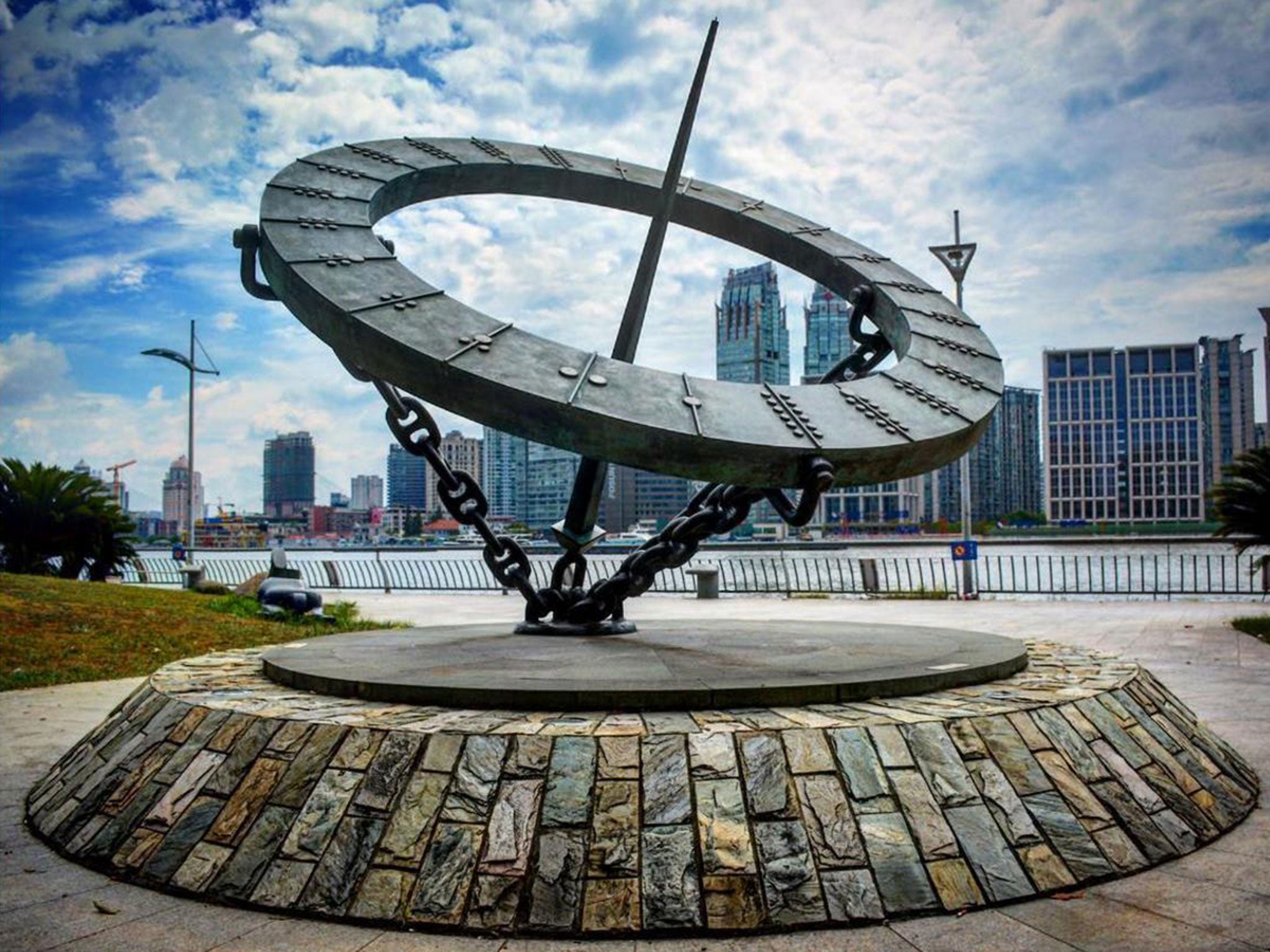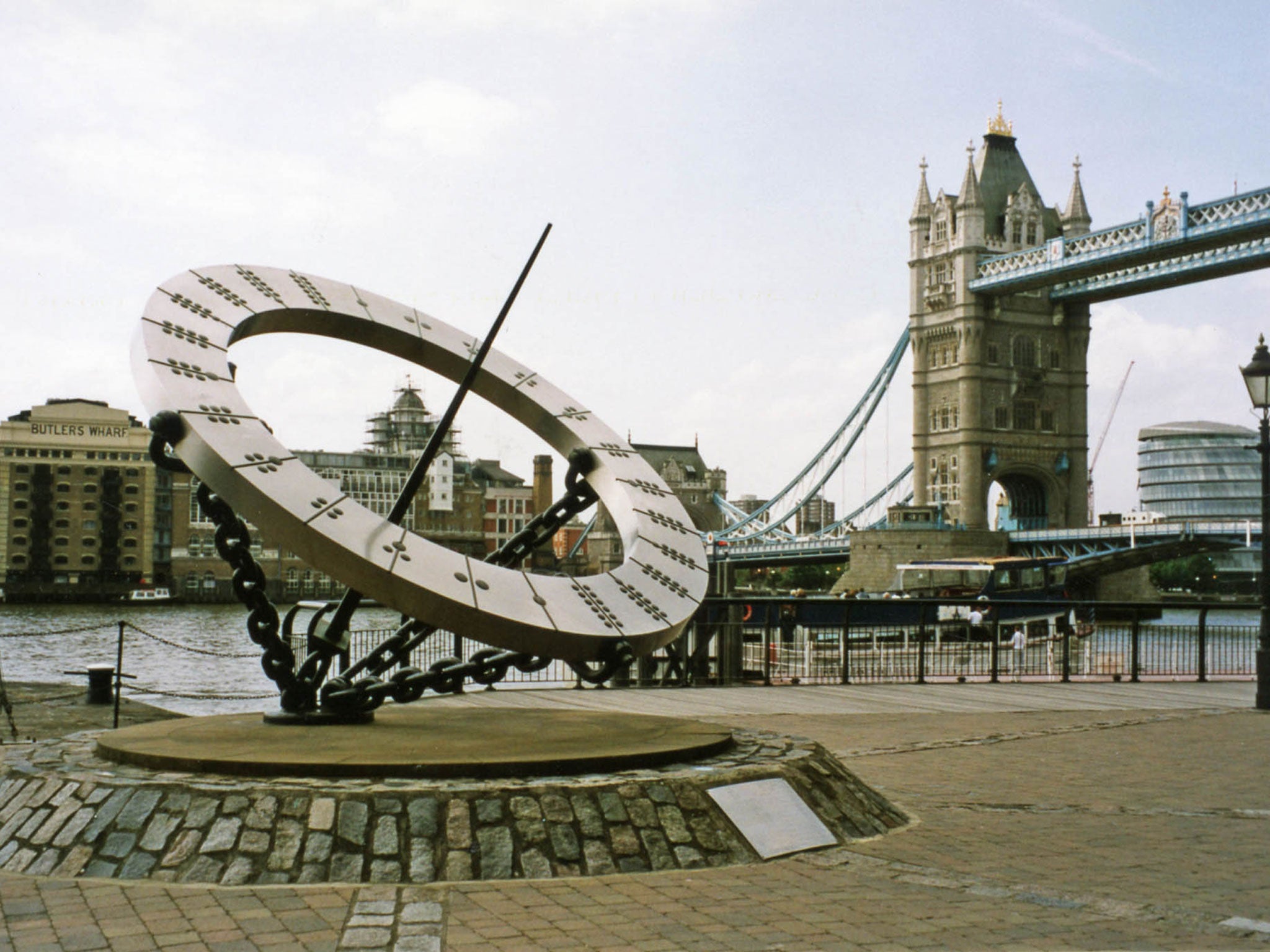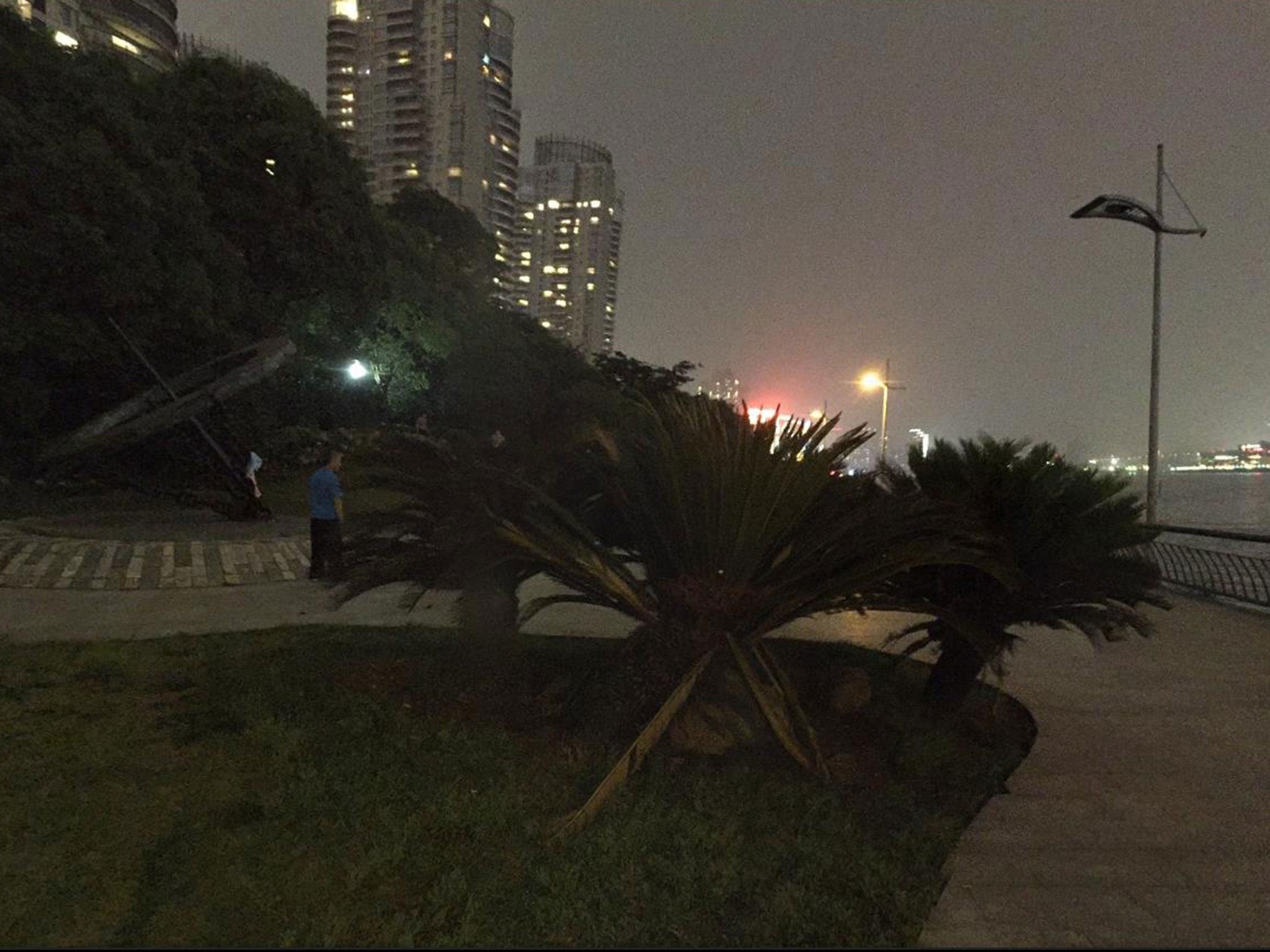Chinese authorities destroy Shanghai sculpture exposed as copy of British artist's iconic London work
Workers dismantle giant sundial four days after The Independent publishes story

Your support helps us to tell the story
From reproductive rights to climate change to Big Tech, The Independent is on the ground when the story is developing. Whether it's investigating the financials of Elon Musk's pro-Trump PAC or producing our latest documentary, 'The A Word', which shines a light on the American women fighting for reproductive rights, we know how important it is to parse out the facts from the messaging.
At such a critical moment in US history, we need reporters on the ground. Your donation allows us to keep sending journalists to speak to both sides of the story.
The Independent is trusted by Americans across the entire political spectrum. And unlike many other quality news outlets, we choose not to lock Americans out of our reporting and analysis with paywalls. We believe quality journalism should be available to everyone, paid for by those who can afford it.
Your support makes all the difference.A Chinese sculpture exposed as an almost exact replica of an acclaimed British artist’s work has been demolished after authorities admitted it was a copy.
The work had sat on Shanghai’s Huangpu River for a decade before sculptor Wendy Taylor CBE was alerted to the alleged plagiarism.
She said the statue was identical to her 1973 work Timepiece, situated next to London’s iconic Tower Bridge, functioning as a giant sundial made from components inspired by the Docklands.

A day after The Independent ran an exclusive article on her complaint, Chinese authorities erected yellow screens around the sculpture to screen it from view, before it was dismantled by workers on Wednesday.
The Pudong New Area Planning and Land Resources Administration told local media officials were trying to trace the artist and department responsible for the work, in the Dongchang Riverfront Garden.
A representative called Wang told the Telegraph: “They said they will demolish the sculpture because it is a copy of a work done by a British artist.”
Ms Taylor was unaware of the sculpture’s existence until an art aficionado who came across the installation on holiday and emailed a photo to check whether the work was hers.
“At first I thought someone had done a clever Photoshop and changed the background, but then I looked more closely and thought ‘oh my god no, this is a complete copy’,” Ms Taylor said.
“They only difference is the angle has been changed for the time.”

Ms Taylor said the Chinese sculpture was “almost an exact copy” of Timepiece, from the steel ring washer sundial with its central pointer – designed to resemble a dockyard nail – to the chains supporting it and base mimicking London cobblestones.
The Grade II listed original has sat next to Tower Bridge for more than four decades as a tribute to the history of the Docklands, while functioning as a giant sundial.
Ms Taylor said she was upset by the “brazen” plagiarism as her original work was inspired by her family’s history.
The sculptor, who was made a CBE by the Queen in 1988 for her contribution to British art, contacted the artists’ rights organisation Dacs, as well as the UK and Chinese governments but had no success having the copy acknowledged until the story spread through international media this week.
“If it hadn’t been for The Independent this never would have happened,” Ms Taylor said.
“I’ve still had no direct communication from the Chinese authorities but at least justice has been seen to be done.”
The artist will not be seeking compensation, saying “life is too short” but said she was glad to see proof of the copy’s destruction.
Ms Taylor added: “I’m extremely pleased with the outcome…it’s an admission of guilt.”
The case follows British artist Anish Kapoor’s complaint over the appearance of a sculpture, in the Chinese city of Karamay, resembling Cloud Gate, which was installed in Chicago in 2006 and has since become a famed tourist attraction.
Officials from Karamay’s tourism bureau claimed any similarities to the Turner Prize winner’s work were coincidental, arguing that the Chicago sculpture “has a bean shape” and theirs “looks like an oil bubble”.
Chinese authorities were previously accused of copying art in 2013, when a series of huge yellow rubber ducks appeared after Florentijn Hofman's work Rubber Duck toured cities around the world.
Zheng Jiashi, former deputy director of the Shanghai Urban Sculpture Centre, claimed Shanghai has never been embroiled in an art plagiarism dispute in an interview with the China Daily.
“However, China attaches great importance to the protection of intellectual property rights, and the statue will definitely be removed if it is proven to have infringed on such rights,” he added.
But as the city’s 3,500 public statues come under heightened scrutiny, Ms Taylor’s complaint may be far from the last. Another Shanghai statue has a striking resemblance to Evert Taube Playing the Lute in Stockholm.
Join our commenting forum
Join thought-provoking conversations, follow other Independent readers and see their replies
Comments